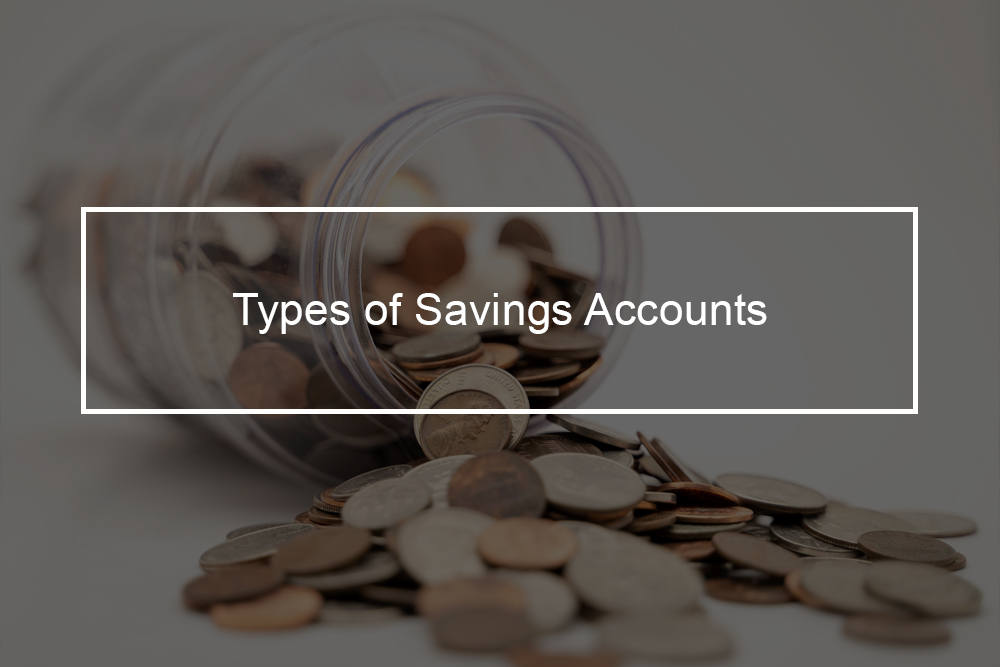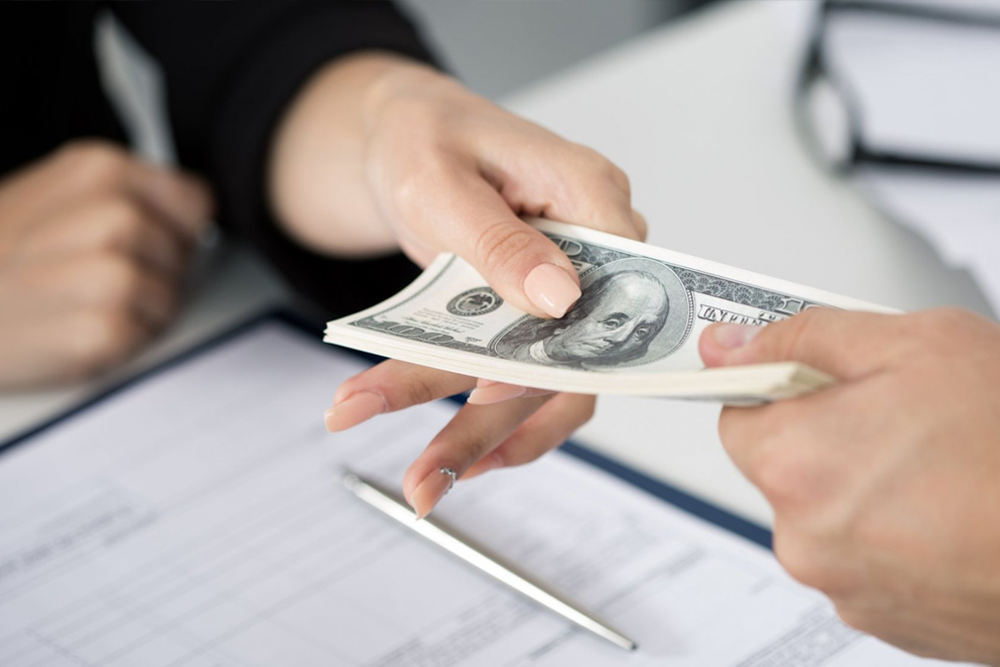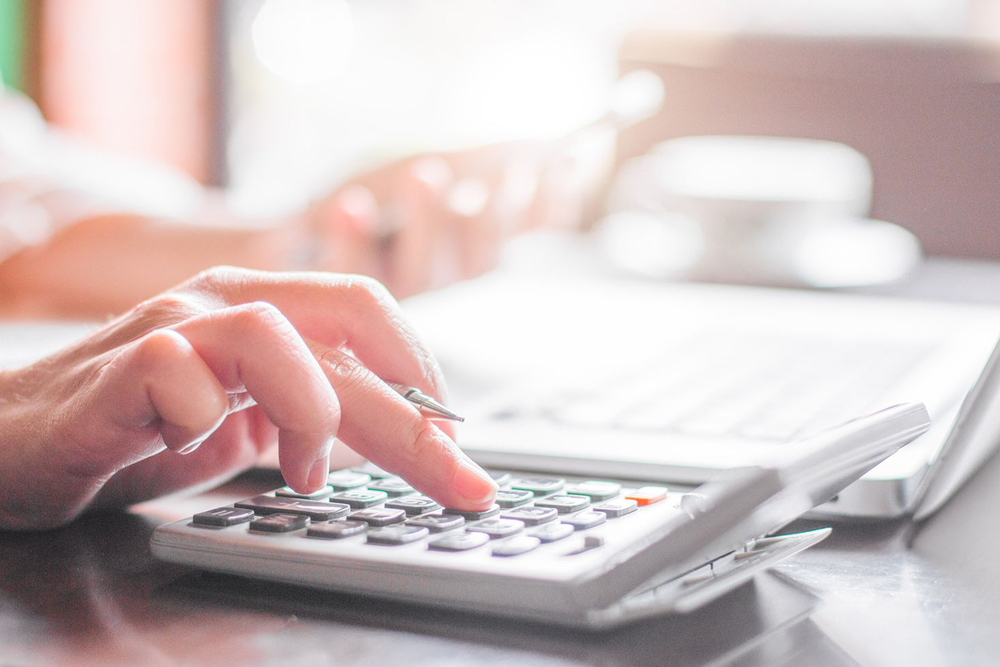
What are the types of savings account?
A savings account is an outstanding place to keep cash that you do not plan to spend immediately. Savings accounts keep your money safe and accessible while paying you interest. However, there are many different kinds of savings accounts to select from. Every variation (credit union and bank) has various functionalities, so it is essential to comprehend your options. We will dive into details for each of these familiar places to stash your money.
Typically money is the chief cause of stress; there is no arguing it. Following the American Psychological Association, the almighty dollar concerns us more than family, work, and even our health. Stress caused money is not just aggravating, though. It has been linked with negative impacts on health and longevity. It is also believed to contribute to poor decision-making.
Why do most people succumb to money-linked stress? If we are not handling our finances to the best of our abilities, the effects are often associated with our saving habits. People tend to spend too much and save too little, or they do not save anything at all. All working-age adults should be able to claim three types of savings, and should also be committed to making sure each of those accounts is adequately funded.
Emergency savings accounts
Following the study from The Pew Charitable Trusts, fifty-five percent of Americans have experienced a financial shock that resulted in them struggling. In most situations, the challenges could have been averted with emergency savings.
Emergency savings can offer a debt-free means to withstand financial shocks like long-term conditions, jobless and unforeseen home or auto repairs. Nonetheless, for many people, that kind of safety net is a foreign comfort. Less than half of the participants in a Federal Reserve survey could cover a $400 emergency without selling something or borrowing money, which indicates far too many people are living in a precarious predicament.
How much do you need for emergence savings?
Each household should have enough emergency savings to cover at least three to six months’ worth of expenses and bills. Some people are more vulnerable and may be required to save more inclusive of contract workers, single parents, self-employed people, and couples with one income.
When enumerating your monthly costs, make sure you include everything you require to pay for, from transportation, food, to mortgage and electricity. Do not forget periodic expenses as well as biannual auto insurance and tax payments.
How to fund your emergency saving account?
Following Bankrate, Gail Cunningham, spokeswoman for the National Foundation for Credit Counseling, recommends that you save at least $100 monthly or ten percent from every paycheck till you achieve your goal. After you attain your goal, you can stop contributing.
Nonetheless, you should also increase your fund from period to period to account for changes, like rises in the cost of living or extra financial obligations. In case you have a $15,000 set way to cover expenses of $2,500 for six months, that might be adequate for several years. However, in case purchasing a new car increases your monthly expenses to $3,000, you are going to want to begin contributing to your emergency fund again till your account holds at least $18,000.
Retirement savings accounts
Most people are not prepared well for retirement since they either are not saving enough or are not saving at all. According to the Consumer Federation of America discovered that only about half of one-retired people are stowing away sufficient funds to power what they regard as a desirable standard of living when they retire.
Hopefully, they are not anticipating to depend on Social Security in case all else fails. Social Security is crafted to be supplemental, not a primary or sole source of income. Following the United States News & World Report, the standard Social Security payment in 2014 was only $1,300 monthly, which indicates comfortable retirement calls for more than just benefits from the government for most people.
Typically, do not procrastinate, thinking you can play catch-up later with retirement savings. The older you get, the more strenuous it is to get on track. All working-age adults should be contributing to a retirement fund now. You should not let the youth encourage delays- the time is only by you in case you are saving, and waiting has severe opportunity costs.
How much money do you need to save for retirement plan?
There is no exact answer for the right amount of retirement savings. Most financial professionals suggest contributing between ten percent and fifteen percent of your income. However, that rate can be influenced by various circumstances, like how much you earn and when you start saving.
Determining what is eight in your situation needs you to make assumptions about your late-life circumstances. To assist you in understanding what you need to plan for, ask yourself the following questions.
- Do you expect to live in an urban or rural area?
- Will you be staying in your own home, or will you stay in a retirement community?
- Are you postponing all your dreams today and expecting to live a luxurious life or travel when you retire? Or are you planning to live a simple lifestyle where you mostly stay within your community or even babysit grandchildren?
Do not forget to consider the standard lifespan of people in your family. As a general principle, women are recommended to amass more savings since they tend to live longer.
How to save your retirement funds?
For adequate cash growth, you need to take risks, which typically involves putting cash into the stock market. How much you should invest is dependent on how close you are to retirement and the amount of money you have saved to this point.
Take advantage of company-sponsored retirement plans, like 401ks, and often contribute whatever is necessary to get any funds the organization provides to match. In case you can not access a retirement program at work and do not know much about stocks, there is no need to worry. There are many professionally managed products, like managed mutual funds and index funds, that you can get via brokerage firms such as Fidelity Investments or Capital One Investing, and you can invest in those items via a traditional individual retirement account (IRA) or Roth.
Personal savings accounts
Since retirement and emergency accounts are supposed to be off-limits, you get money to purchase a new car, update your wardrobe, or go on vacation-from your personal savings. You can think of a personal savings account as a comfort cushion. Your personal savings account is where you should house income that is justify after you have taken care of all your responsibilities. It is also where you should save for main expenditures, purchases, like home renovations.
During the recession, people were cautious and got into the habit of saving cash. Nonetheless, Federal Reserve data depicts that between 2010 and 2014, as the financial pangs faded, personal savings rates drastically reduced. Forty-five percent of people in the Federal Reserve survey cited earlier admitted that they did not save any of their income in 2012.
Americans are once again becoming spenders instead of savers. People are allowing expenses and bills to claim more significant portions of their income, and as they do, debt levels are increasing. There is nothing wrong with pursuing the things you want; however, doing so without regard to your security builds financial risks, promotes debt, and is the main reason so many people are unnecessarily living from paycheck to paycheck. Personal savings should not just be a temporary reaction to a financial crisis; instead, a way of life.
How much should you save for personal savings?
Adjust your personal savings contributions to suit your present circumstances—an identity that is comfortable by calculating all your necessary expenses and bills. Do not forget to factor in contributions to your retirement and emergency accounts. Evaluate how much money you have justify and remove a reasonable amount to use as spending money.
Then, make a monthly personal savings commitment. Amplify it in case you want to decrease your spending, decide to save toward a major purchase, or in case you get a better-paying job. Nonetheless, do not be so quick to reduce your savings just because your account grows. In actuality, there is no such thing as having too many savings. In case you have a retirement, emergency, and savings accounts, it might appear like you are putting away abnormally large sums of money. Nonetheless, financially mature Americans identify that it is better to have money in the bank than to indulge in each desire.











